In this article I am going to look at the 10 Top Dance Styles and why they are so popular worldwide.
 What Are The 10 Top Dance Styles?
What Are The 10 Top Dance Styles?
Well this is a personal choice in most cases, but in general, I think it would be the following:
- Ballet
- Hip Hop (Many different styles)
- Modern Dance (Contemporary, Jazz, and Lyrical)
- Acro Dance
- Tap
- Ballroom
- Latin American
- Belly Dancing
- Spanish Dancing
- Irish Dancing
Your opinion may differ, but this is my pick as these are my favorite styles of dance.
If you are interested in finding out more about the History of Dance, you will love this book.
History of Dance, Second Edition, offers readers a panoramic view of dance from prehistory to the present. The text covers the dance forms, designs, artists, costumes, performing spaces, and accompaniments throughout the centuries and around the globe. Its investigative approach engages students in assignments and web projects that reinforce the learning from the text, and its ancillaries for both teachers and students make it easy for students to perceive, create, and respond to the history of dance.
Please note that this article does contain affiliate links, which means that the owner of this website will receive commissions on qualifying purchases.
Ballet
Ballet is more than just a dance form, it’s an art that tells stories through movement, grace, and discipline. Originating in the Italian Renaissance courts of the 15th century, ballet has gracefully leaped through the centuries, evolving into the refined and sophisticated form we know today.
The foundation of ballet lies in its strict techniques and positions. The basics, such as pliés, tendus, and relevés, are more than just steps; they are the building blocks for more complex movements. Mastering these is essential for any budding ballet dancer. Consistency and rigorous practice are key to perfecting these techniques.
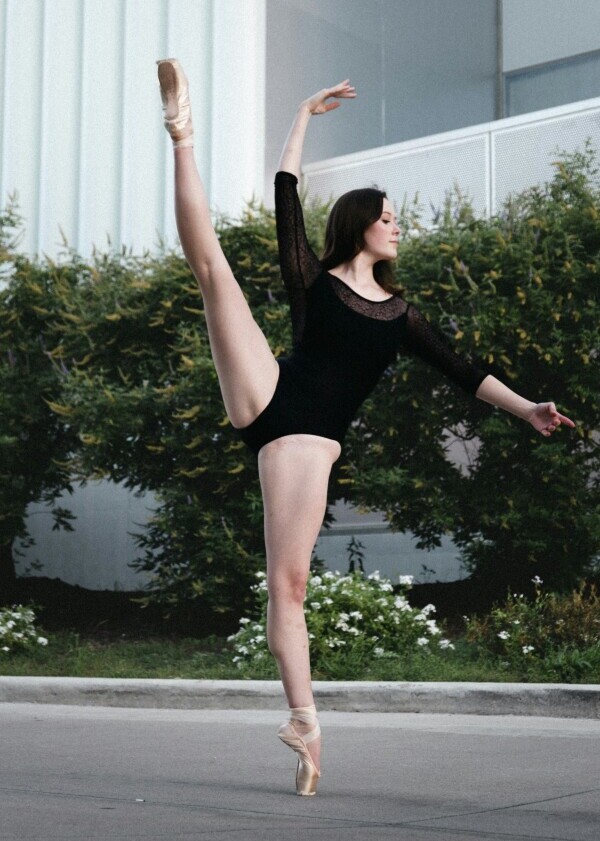
Ballet is not a monolith. It has several styles, each with its unique flair. Classical ballet, with its structured technique and ethereal quality, is the most traditional. Romantic ballet, emerging in the 19th century, emphasizes emotion and story, often featuring mythical creatures.
Neoclassical ballet strips away the elaborate storytelling to focus on form and musicality, while Contemporary ballet blends classical with modern dance, creating innovative and versatile performances.
The legacy of ballet is enriched by the contributions of many key figures. Marius Petipa’s choreography laid the groundwork for classical ballet. George Balanchine, a pioneer of neoclassical ballet, redefined the art with his focus on form and technique. Anna Pavlova and Rudolf Nureyev, legendary dancers, have inspired countless others with their passion and skill.
Famous performances, such as “Swan Lake,” “The Nutcracker,” and “Gizelle,” are timeless, capturing audiences with their intricate choreography and moving stories. Renowned companies, like the Bolshoi Ballet and the Royal Ballet, continue to uphold and innovate the tradition, attracting talents and audiences from all over the world.
Why does ballet maintain its allure even today? It’s because ballet is a testament to human discipline, creativity, and expression. Those who practice and perfect ballet are not just dancers but storytellers, athletes, and artists. Whether you’re an aspiring dancer or an appreciator of the arts, the beauty and dedication found in ballet are truly unparalleled.
Hip-Hop: A Cultural Movement on the Dance Floor
Hip-hop isn’t just one of those dance styles – it’s a cultural movement that started in the 1970s in the Bronx, New York. Blending dance, music, art, and fashion, hip-hop reflects the community’s spirit and resilience. Its raw energy and powerful rhythms have made it a global phenomenon.

When diving into hip-hop dance, you’ll come across foundational styles like Breaking, Locking, Popping, and Krumping. Each of these has its unique history and techniques.
Breaking (also known as breakdancing) involves acrobatic moves and footwork traditionally performed to breakbeats. Locking, characterized by its abrupt pauses, has a funky flair, while Popping focuses on quick contractions of muscles to create a jerky motion. Krumping, with its intense and energetic movements, is more recent but equally impactful.
Some dancers and choreographers have left indelible marks on the hip-hop scene. Think of pioneers like DJ Kool Herc, who used breakbeats to extend dance sections in music, or dancers like Boogaloo Sam, who brought popping into the limelight. The influence of these artists is undeniable, lighting up stages, movies, and streets worldwide.
The impact of hip-hop on popular culture is massive. From movies like “Step Up” to TV shows like “So You Think You Can Dance,” hip hop is everywhere. Its influence extends beyond dance to fashion, language, and even attitudes. It’s about expressing identity and pushing boundaries.
Hip-hop keeps evolving. Dance battles, cyphers (circles where dancers take turns showing off their moves), and jams (informal gatherings) breathe new life into the art. Contemporary hip-hop often fuses elements from other dance forms, making it fresh and exciting.
For those interested in hip-hop, the best way to start is by finding a local class or dance crew. Immersing yourself in the community can make all the difference. Watching videos online or attending live events can also inspire and improve your skills. Remember, it’s not just about learning the moves – it’s about feeling the music and expressing yourself.
Modern Dance: Breaking Tradition
Modern dance is all about breaking away from the constraints of traditional ballet to explore new forms of movement and expression. Emerging in the late 19th and early 20th centuries, modern dance pioneers sought to push the boundaries and create something radically different. The result? An art form that’s as diverse as it is innovative.
Isadora Duncan, often called the ‘Mother of Modern Dance,’ was a major force in this movement. She rejected the rigidity of classical ballet in favor of more natural, fluid movements. Martha Graham took things further with her unique technique that emphasized contractions and releases, creating powerful, evocative performances. Other notable figures include Alvin Ailey, whose choreography embraced African American cultural expressions and traditions, and Merce Cunningham, who explored the relationship between dance and music.
The beauty of modern dance lies in its versatility. Unlike ballet, which has a strict set of rules and forms, modern dance allows for endless experimentation. It encourages dancers to draw inspiration from their own experiences and emotions, making each performance deeply personal and unique.
Improvisation is another hallmark of modern dance. Many modern dancers and choreographers incorporate improvisational techniques into their work, allowing for spontaneous creativity and expression. This approach has led to the development of new styles and movements, continually evolving the landscape of modern dance.
Modern dance companies like the Martha Graham Dance Company, Alvin Ailey American Dance Theater, and the Merce Cunningham Dance Company continue to innovate and inspire. These organizations have produced some of the most captivating and groundbreaking performances, influencing not just the dance world but also theater, film, and visual arts.
If you’re interested in exploring modern dance, many studios offer classes that cater to different skill levels. These classes often start with basic techniques and gradually introduce more complex movements and improvisation. Watching performances, whether live or recorded, can also provide inspiration and insight into the myriad possibilities within modern dance.
Modern dance isn’t just about perfecting steps; it’s about expressing yourself and challenging conventional norms. It’s an ever-evolving journey that offers endless opportunities for creativity and personal growth. Whether you’re a dancer, choreographer, or simply an admirer, modern dance invites you to look at the world of movement through a different lens.
Jazz Dance: Where Energy Meets Entertainment
Jazz dance, which falls under the modern umbrella, is an explosion of energy and style, bringing a touch of glamor and excitement to the dance world. Originating in the early 20th century, jazz dance has its roots in African American vernacular dance and has evolved to include a variety of styles that continue to captivate audiences.
One of the defining features of jazz dance is its dynamic and expressive movement. Basic techniques include turns, jumps, and kicks, often performed with a sharp, precise quality. It’s not just about the steps but also the attitude and flair you bring to each movement. Embracing the rhythm and letting your personality shine through are key elements of jazz dance.
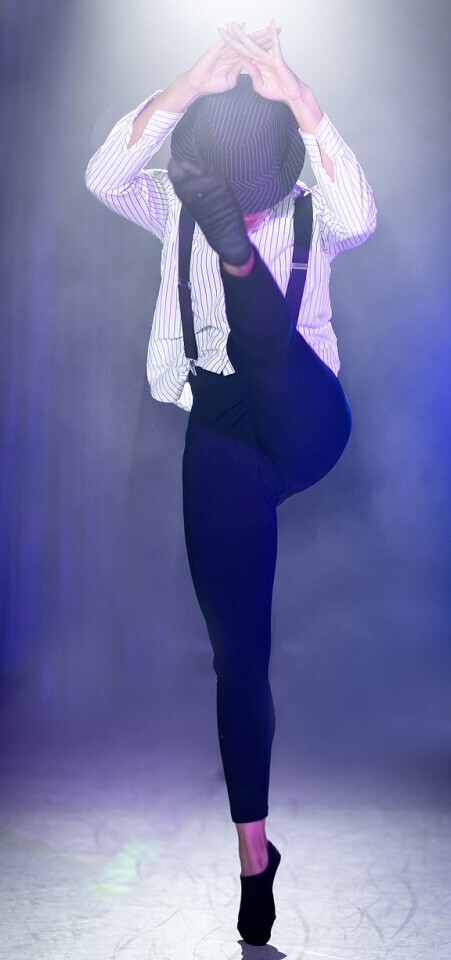
Over the years, jazz dance has branched out into various styles, including Jazz Funk, Lyrical Jazz, and Broadway Jazz. Jazz Funk blends traditional jazz elements with hip-hop, creating a more contemporary feel.
Lyrical Jazz focuses on expressing the emotion of the music through fluid and graceful movements. Broadway Jazz, synonymous with musical theater, emphasizes performance and storytelling, making it a crowd favorite on the stage.
Jazz dance owes much of its evolution to iconic performers and choreographers. Legends like Bob Fosse, known for his distinctive style featuring turned-in knees and jazz hands, and Katherine Dunham, who infused Caribbean and African influences into her choreography, have left a lasting impact. Contemporary artists continue to push the boundaries, keeping jazz dance fresh and relevant.
From the bright lights of Broadway to the latest music videos, jazz dance is everywhere. Movies like ‘Chicago’ and ‘La La Land’ showcase the versatility and entertainment value of jazz. On television, shows like ‘Fame’ and ‘Glee’ have brought jazz dance into living rooms around the world, inspiring countless people to give it a try.
Looking to start jazz dancing? Many dance studios offer classes that cater to all levels, from beginners to advanced dancers. These classes typically cover fundamental techniques and introduce various jazz styles. Watching performances and tutorials online can also be a great way to learn and stay inspired.
One of the great things about jazz dance is its accessibility. Whether you’re aiming for a professional career or just want a fun way to stay active, jazz dance has something to offer. It’s an excellent workout that improves coordination, flexibility, and cardiovascular health while allowing you to express yourself creatively.
Jazz dance is a living, breathing art form that thrives on innovation and individuality. It invites you to embrace its rich history and make it your own. So, lace up those jazz shoes and step into the world of jazz dance, where every performance is a celebration of life and creativity.
Acro Dance: A Fusion of Gymnastics and Dance
Acro dance is where the athletic prowess of gymnastics meets the fluid artistry of dance. It’s a showstopper that requires strength, flexibility, and a sense of adventure. Originating in the early 20th century, acro dance started gaining traction as performers incorporated more acrobatic moves into their routines.
The foundation of acro dance lies in mastering both dance and gymnastics skills. Dancers need to be comfortable with traditional dance techniques and gymnastics moves like backflips, aerials, and handstands. Consistent practice helps in nailing the smooth transition between these elements, making performances look effortless.

Developing strength and flexibility is crucial. Regular conditioning and stretching routines are essential. Dancers often use cross-training methods, incorporating yoga and Pilates, to enhance their core stability and overall fitness. Safety is also paramount; knowing how to fall correctly and use crash mats during practice can prevent injuries.
Acro dance performances are often the highlight of dance competitions, with their gravity-defying moves and captivating routines. Dancers like Sofie Dossi, known for her incredible contortion skills and acrobatic feats, have taken the internet by storm, showcasing the potential of acro dance.
While acro dance is thrilling, it’s also demanding. That’s why it’s important to train under experienced instructors who can guide you safely through the learning process. They can provide personalized drills and feedback, ensuring you progress steadily and safely.
For anyone wanting to dip their toes into acro dance, starting with foundational classes is a good idea. Many studios offer beginner courses that focus on basic acrobatic moves and techniques. Watching skilled performers can also be incredibly inspiring and provide a visual blueprint for what you want to achieve.
The Rhythmic Art of Tap Dance
Tap dance is a rhythmic journey that delights both the dancer and the audience. Originating in the United States in the early 19th century, tap dance combines elements of African and Irish dance traditions, creating a distinctive and lively form of expression. Its roots in vaudeville and Broadway have shaped the way we see this energetic dance style today.
At the heart of tap dance are its basic techniques and steps. The fundamental movements include the shuffle, flap, and ball change, each producing unique sounds as the metal taps on the shoes strike the floor. Mastering these basics requires dedication and rhythm but makes tapping out complex syncopated beats immensely rewarding.
Tap dance has seen many influential dancers who have left their mark on the art form. Fred Astaire and Ginger Rogers brought tap to Hollywood, dazzling audiences with their polished routines. Gregory Hines, with his improvisational style, and Savion Glover, known for his innovative approach, have pushed the boundaries of what tap can be, ensuring its evolution and relevance.
Iconic performances and films have immortalized tap dance. Movies like ‘Singin’ in the Rain’ and ‘Tap’, along with Broadway shows like ’42nd Street’, showcase the charm and versatility of tap. The intricate footwork and infectious rhythms make these performances timeless and captivating.
Tap dance has continuously evolved over the decades. Contemporary tap embraces various musical genres beyond traditional jazz, incorporating elements from hip-hop, pop, and even electronic music. This adaptability keeps tap fresh and appealing to new generations.
Beyond entertainment, tap dance has surprising benefits. It’s an excellent workout that improves cardiovascular health, rhythm, and coordination. It’s also known for its therapeutic effects, offering stress relief and increasing mental agility. Many dancers find tap to be a joyous outlet for self-expression and creativity.
If you’re keen to start tap dancing, finding beginner classes at a local studio is a great start. Online tutorials and instructional videos can also serve as useful resources. Consistent practice with a good pair of tap shoes will help you get the hang of it. Whether dancing solo or in a group, the rhythm and energy of tap dance promise a fun and fulfilling experience.
The Grace and Sophistication of Ballroom Dance
Ballroom dancing brings a touch of elegance and poise to any event, making it a favorite at gatherings and competitions alike. Originating in the royal courts of Europe, ballroom dance has transformed over centuries, becoming both an art form and a sport.
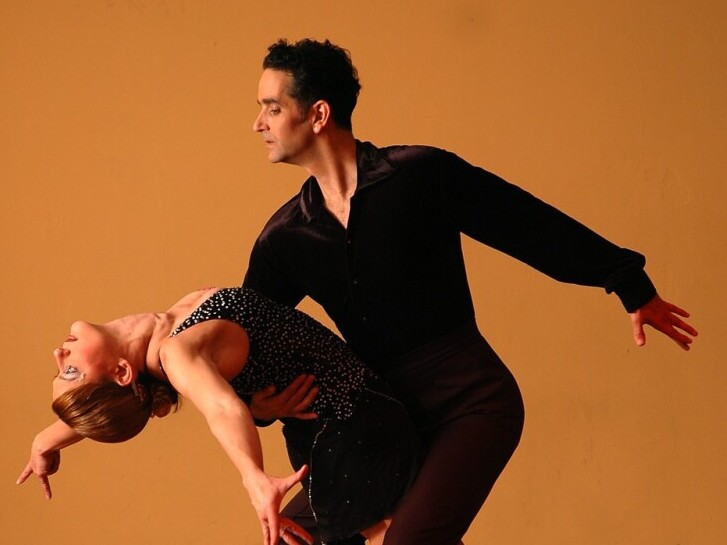
Ballroom encompasses two main styles: Standard and Latin. Standard ballroom includes dances like the waltz, tango, and foxtrot, characterized by smooth, flowing movements and close partner connection. Latin ballroom, on the other hand, features upbeat dances such as the cha-cha, samba, and rumba, showcasing vibrant rhythms and spirited interactions. Each style has its own charm and requires different techniques and presentation.
The evolution of ballroom dance is fascinating. Early forms were primarily social dances performed at balls or parties, but the 20th century saw ballroom gain a competitive edge. Today, ballroom dancing competitions are held worldwide, and dancers train rigorously, often starting from a young age to compete at elite levels.
Watching renowned ballroom competitions like the Blackpool Dance Festival or the World DanceSport Championships can be incredibly inspiring. These events display the highest level of skill, artistry, and athleticism. Couples dazzle with their precision and flair, making each performance a spectacle.
Ballroom isn’t just about competition; it has deep roots in social etiquette and entertainment. Historically, it was a means for people to socialize and court, often reflecting societal norms and customs of the time. This aspect of ballroom continues today, as many take up dance for its social and recreational benefits.
Learning ballroom dance offers numerous advantages. It improves posture, coordination, and cardiovascular health, all while allowing for social interaction and the joy of moving to music. Whether you’re dancing for fun or aiming to compete, ballroom dance provides a rich and rewarding experience.
For those new to ballroom dancing, starting with group lessons or private classes is ideal. Many dance studios offer beginner courses that cover basic steps and techniques. Don’t worry about having a partner initially; dance schools often arrange partners and encourage social dancing to practice.
Ballroom dance brings people together, creating connections through movement and rhythm. It’s a beautiful blend of tradition, skill, and artistry that continues to enchant dancers and audiences worldwide. So, put on those dancing shoes and step into the world of ballroom!
Latin Dance: Passion and Rhythm
Latin dance is all about vibrant energy and captivating rhythms. It’s more than just dance steps; it’s a celebration of cultural heritage and expression. From the lively streets of Havana to the bustling clubs of Miami, Latin dance has found a place in the hearts of people worldwide.
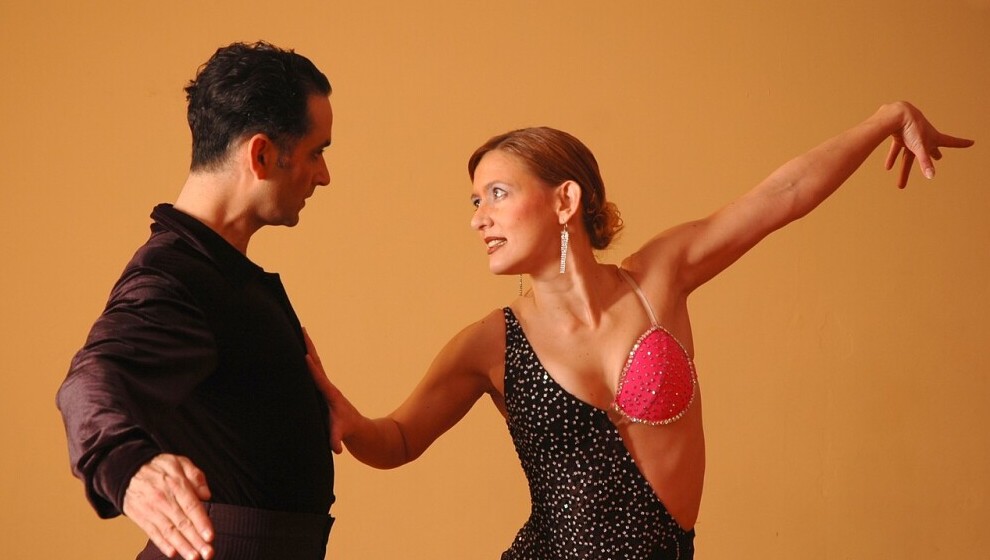
Latin dance includes several popular styles, each bringing something unique to the dance floor. Salsa, with its quick steps and turns, is a crowd favorite at social events. Merengue, known for its simple yet infectious rhythm, encourages everyone to join in. Bachata, with its romantic and sensual feel, stands out for its close partner connection. And then there’s Cumbia, a folk dance with deep roots in Colombian history, marked by its joyful movements and infectious beats. Other styles include Jive, Mambo, Rumba and Cha Cha.
The cultural essence of Latin dance is what makes it truly special. It’s a reflection of Latin American history and traditions. Through their passion and movement, dancers tell stories of love, celebration, and community. Prominent figures like Celia Cruz (the Queen of Salsa) and Tito Puente have played massive roles in popularizing Latin music and dance globally.
Latin dance’s growth and popularity extend far beyond its roots. From the colorful Carnival parades in Rio de Janeiro to international Latin dance festivals, this dance style has fans everywhere. Reality TV shows, such as ‘Dancing with the Stars’ and ‘So You Think You Can Dance’, have also brought Latin dance into the mainstream, showcasing its versatility and universal appeal.
For anyone looking to dive into Latin dance, local classes are a great place to start. Many cities have Latin dance clubs that offer lessons and social dances. It’s a welcoming community where you can learn and practice without any pressure. Online tutorials and dance apps can also be useful for picking up the basics at your own pace.
While it’s easy to get caught up in the technicalities, the real magic of Latin dance lies in feeling the music and connecting with your partner. It’s about letting loose and enjoying the moment. Once you find your rhythm, you’ll understand why Latin dance continues to captivate people around the world.
Latin dance is a journey into a world of passion, culture, and joy. Embark on this rhythmic adventure, and discover the thrill of moving to the infectious beats of Latin music.
Belly Dancing
Belly dancing, also known as Middle Eastern dance or Arabic dance, is a beautiful and mesmerizing art form that has been practiced for centuries. Originating in the Middle East, belly dancing is a unique dance style that celebrates the movement of the body, often focusing on the hips and abdomen. In this article, we will explore the history of belly dancing, the various styles and techniques involved, and the benefits of practicing this ancient art form.
Belly dancing is one of those dance styles that has a long and rich history that dates back to ancient times. While its exact origins are unknown, it is believed to have originated in the Middle East, particularly in Egypt and Turkey.

Belly dancing was traditionally performed as a social dance at weddings, celebrations, and other gatherings. It was also used as a form of entertainment in royal courts and harems.
Over the years, belly dancing evolved and incorporated influences from various cultures and regions. In the 18th and 19th centuries, belly dancing gained popularity in Europe and the United States, where it was often performed in theaters and cabarets. Today, belly dancing is practiced and enjoyed by people all over the world, with each culture adding its own unique twist to the dance.
Belly dancing is a dance style that focuses on isolating and emphasizing movements of the hips, abdomen, and chest. The dance is characterized by fluid and flowing movements, as well as sharp and percussive movements. Belly dancing also incorporates elements of folklore, mythology, and storytelling, with dancers often using props such as veils, swords, and finger cymbals to enhance their performance.
There are several different styles of belly dancing, each with its own unique characteristics and techniques. Some of the most popular styles include Egyptian, Turkish, American Tribal, and Fusion. While each style has its own distinct moves and rhythms, they all share the common goal of celebrating the beauty and power of the female body.
In addition to being a beautiful and expressive art form, belly dancing also offers a wide range of physical and mental benefits. One of the main benefits of belly dancing is its ability to improve flexibility, strength, and stamina. The dance requires dancers to engage and isolate muscles in the abdomen, hips, and back, which can help improve core strength and posture.
Spanish Dancing
Spanish dancing is a vibrant and passionate art form that has captivated audiences around the world for centuries. From the fiery movements of flamenco to the graceful footwork of classical Spanish dance, this rich cultural tradition has a long and fascinating history that continues to inspire and enchant people of all ages. In this article, we will explore the origins and evolution of Spanish dancing, as well as the various styles and techniques that have made it such a beloved form of expression.
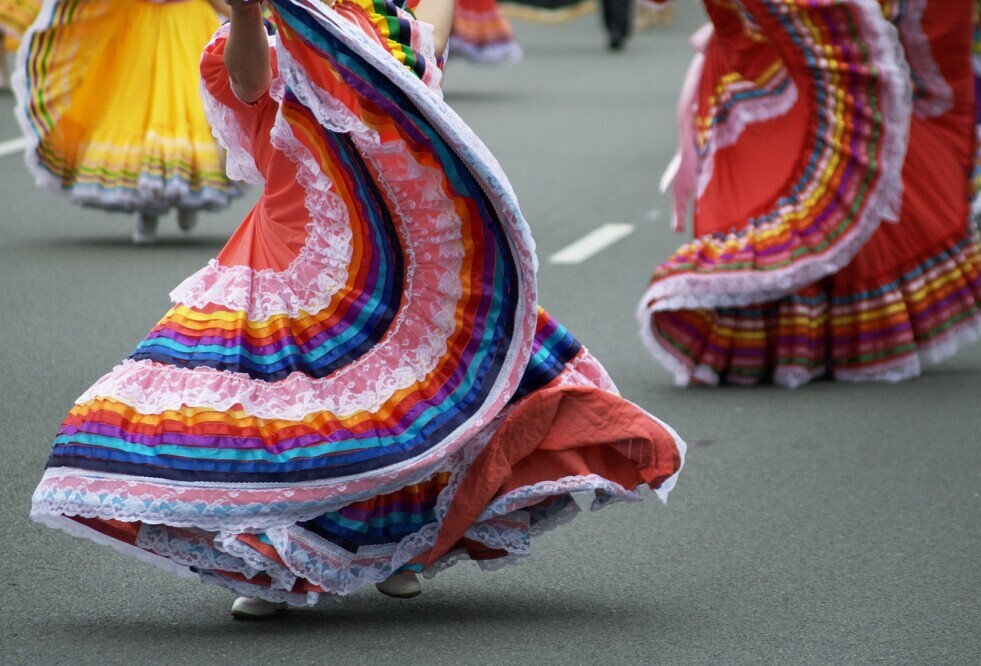 Spanish dancing encompasses a wide range of styles and techniques that vary depending on the region and cultural influences. One of the most famous forms of Spanish dance is flamenco, a highly expressive and emotional art form that incorporates intricate footwork, hand clapping, finger snapping, and passionate movements. Flamenco is often performed to the accompaniment of live music, including the guitar, singing, and percussion to create a dynamic and captivating performance.
Spanish dancing encompasses a wide range of styles and techniques that vary depending on the region and cultural influences. One of the most famous forms of Spanish dance is flamenco, a highly expressive and emotional art form that incorporates intricate footwork, hand clapping, finger snapping, and passionate movements. Flamenco is often performed to the accompaniment of live music, including the guitar, singing, and percussion to create a dynamic and captivating performance.
In addition to flamenco, classical Spanish dance is another popular style that focuses on elegance, grace, and precision. Classical Spanish dance combines elements of ballet, folk dance, and flamenco to create a unique and enchanting form of expression that is both technically demanding and visually stunning. Other styles of Spanish dance include sevillanas, fandango, and bolero, each with its own set of movements, rhythms, and cultural significance.
The history of Spanish dancing can be traced back to the ancient civilizations of the Iberian Peninsula, including the Phoenicians, Greeks, and Romans, who all contributed to the development of dance as a form of artistic expression and cultural identity. As the region evolved and underwent various invasions and cultural exchanges, dance continued to play a central role in Spanish society, reflecting the traditions, beliefs, and values of the people.
During the Middle Ages, Spanish dance flourished with the rise of the Moors in Andalusia, who brought their own unique style of dance and music to the region. The fusion of Moorish, Jewish, and Christian influences gave birth to flamenco, a style of dance that would later become synonymous with Spanish culture and identity. Over the centuries, flamenco evolved and spread throughout Spain, becoming an integral part of festivals, celebrations, and social gatherings.
By the 19th century, Spanish dance had gained international recognition thanks to the efforts of dancers and choreographers such as Antonio Gades, Carmen Amaya, and Pilar Lopez, who helped popularize flamenco and classical Spanish dance on the world stage. Today, Spanish dancing continues to thrive and evolve, with artists and practitioners from all over the world embracing its rich history and tradition.
Spanish dancing is a dynamic and captivating art form that has enchanted audiences around the world for centuries. From the passionate movements of flamenco to the graceful footwork of classical Spanish dance, this vibrant cultural tradition continues to inspire and mesmerize people of all ages.
Irish Dancing
Irish dancing is a traditional form of dance that has captivated audiences around the world with its fast-paced footwork and lively music. This unique dance style has a rich history that dates back centuries, making it a beloved part of Irish culture.
Irish dancing is a form of dance that originated in Ireland and is characterized by its quick and intricate footwork. Dancers typically perform in groups, with each dancer executing precise movements while maintaining a straight upper body and arms at their sides. The dance is often accompanied by traditional Irish music, which adds to the lively and energetic atmosphere of the performance.
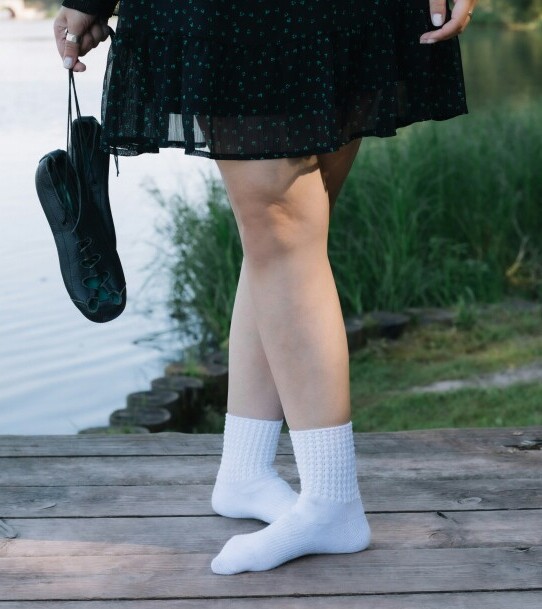 The history of Irish dancing can be traced back to ancient times, with references to dance in Irish mythology and folklore. However, the modern form of Irish dancing that we know today began to take shape in the 18th and 19th centuries. During this time, dance schools began to emerge in Ireland, teaching traditional steps and techniques to young dancers.
The history of Irish dancing can be traced back to ancient times, with references to dance in Irish mythology and folklore. However, the modern form of Irish dancing that we know today began to take shape in the 18th and 19th centuries. During this time, dance schools began to emerge in Ireland, teaching traditional steps and techniques to young dancers.
One of the most famous forms of Irish dancing is step dancing, which involves intricate footwork and precise movements. Step dancing became popular in Ireland and eventually made its way to other countries, where it was embraced by Irish communities around the world.
In the 20th century, Irish dancing experienced a resurgence in popularity, thanks in part to cultural events such as the Irish Dance World Championships. These competitions showcase the talent and skill of Irish dancers from around the world, attracting large audiences and helping to keep the tradition alive.
In recent years, Irish dancing has gained even more recognition thanks to popular cultural phenomena such as Riverdance and Lord of the Dance. These high-energy stage shows have introduced Irish dancing to new audiences and helped to bring the art form to a global audience.
Irish dancing is a vibrant and exciting dance form that has a long and storied history. Its unique footwork and lively music make it a captivating art form that continues to be celebrated around the world. Whether you’re a seasoned dancer or a newcomer to the world of Irish dance, there’s something for everyone to enjoy in this traditional form of dance. So grab your dancing shoes and get ready to experience the joy and energy of Irish dancing for yourself!
So there you have it, my favorite 10 top dance styles explained.
Feel free to comment. What are your favorite dance styles and what is your experience with them?

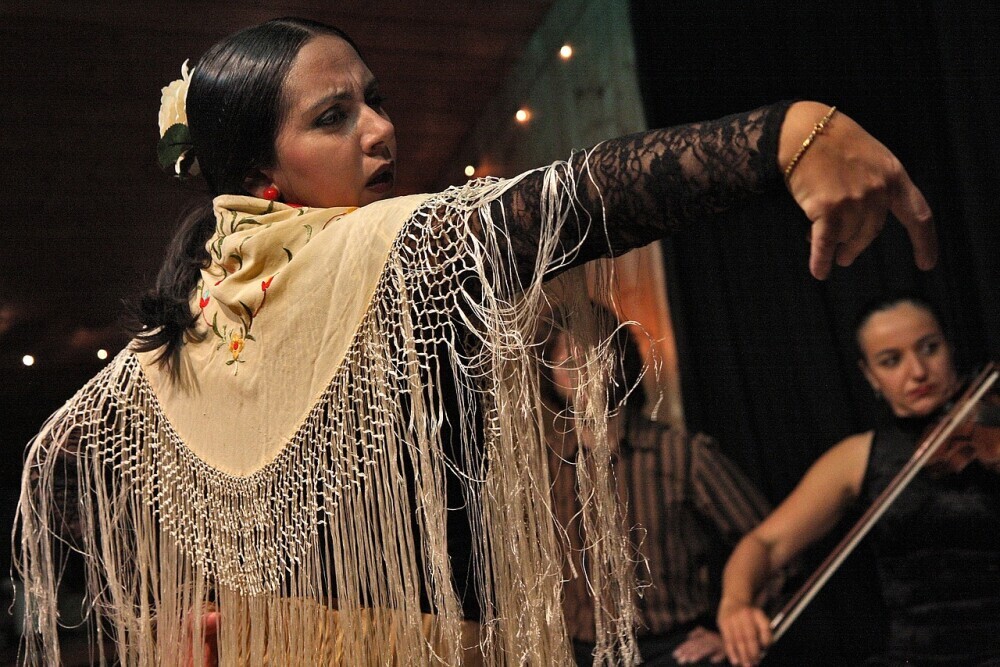
This is a fascinating article that beautifully explains the diversity and cultural significance of dance styles around the world. I love how you highlight not only the technical aspects but also the historical and emotional connections behind each form, from the elegance of ballet to the energetic pulse of hip-hop. It made me curious—out of all these styles, which one do you think is the most accessible for beginners to try out, especially for someone without any prior dance experience? I’d love to hear your thoughts!
Hi Hanna,
Thanks for stopping by. Beginners classes are normally available in all styles for all ages, but you would also need to look at your age and what your body can do. For instance, if you have bad knees, I would go for something like belly dancing, or if you have problem feet I would stay away from ballet or Irish dancing. As one gets older it is also harder to do Acro Dance as our spines stiffen up.
This is a fantastic breakdown of some of the top dance styles! I love how you’ve captured the essence of each style and its unique history. Ballet’s precision and storytelling, hip-hop’s cultural roots, and modern dance’s boundary-breaking creativity all come alive here. It’s also great to see Acro dance getting a spotlight for its combination of athleticism and artistry. It truly is a showstopper!
The historical insights you included are engaging, and the book you recommended looks like a valuable resource for anyone wanting to dive deeper into the evolution of dance. Overall, your article makes me want to lace up my shoes and try out a few new moves!
Go for it Kavitha, with dancing you just can’t go wrong.
Hi Michel,
The article provides a comprehensive overview of the 10 top dance styles, offering detailed explanations and historical context for each. It effectively highlights the unique characteristics and cultural significance of each dance style, making it an informative and engaging read.
The author’s personal perspective adds a touch of subjectivity, making the article more relatable to readers. However, the inclusion of affiliate links could be seen as a potential drawback, as it may influence the author’s selection of dance styles. Overall, the article is a valuable resource for anyone interested in learning more about the world of dance.
Cheers
John
Hi there John and thanks for stopping by.
The link is just for those who want to find out more about all the styles and how they originated as this article is just an outline.
This was such a fun read! I’ve always admired the variety and creativity in different dance styles, and I love how you broke them down in such an easy-to-understand way. It’s fascinating to see how each style brings its own unique energy and history to the table.
Do you have any suggestions for someone just starting out who might want to try a beginner-friendly dance style? I’d love to explore something new that’s also a great workout!
Angela M 🙂
You can start any dance form as a beginner, provided you have no health issues. A great one to start with would possibly be ballroom as this is very low impact as no jumping, but even a ballet class aimed at beginners is a great option.